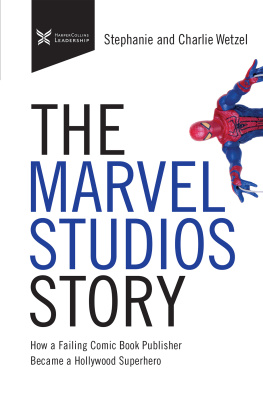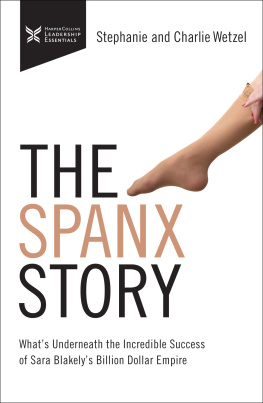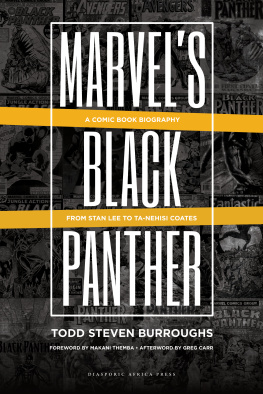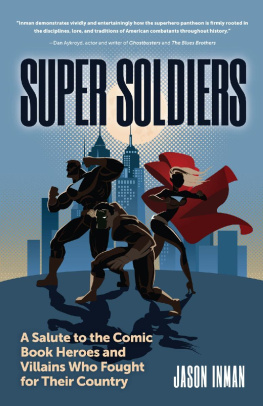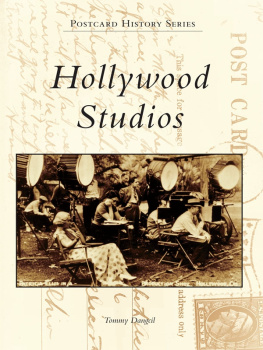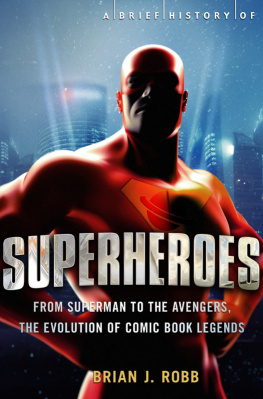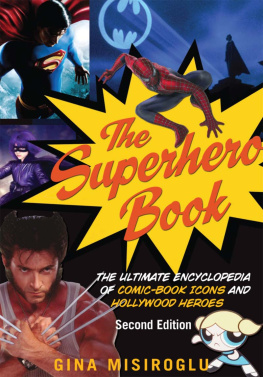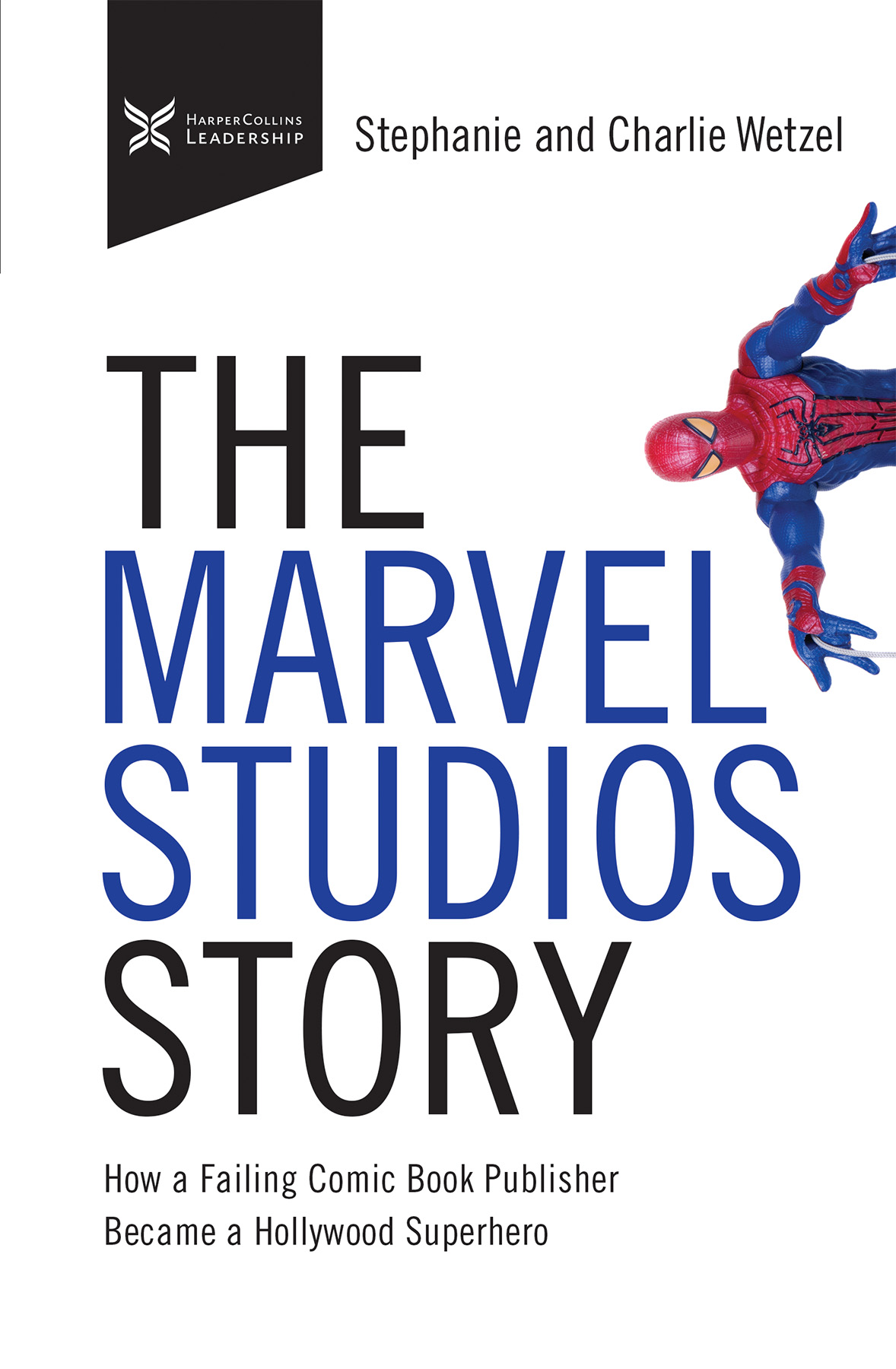2020 HarperCollins Leadership
All rights reserved. No portion of this book may be reproduced, stored in a retrieval system, or transmitted in any form or by any meanselectronic, mechanical, photocopy, recording, scanning, or otherexcept for brief quotations in critical reviews or articles, without the prior written permission of the publisher.
Published by HarperCollins Leadership, an imprint of HarperCollins Focus LLC.
Published in association with Yates & Yates: https://www.yates2.com/.
Book design by Aubrey Khan, Neuwirth & Associates.
ISBN 978-1-4002-1619-2 (eBook)
ISBN 978-1-4002-1613-0 (HC)
Epub Edition March 2020 9781400216192
Library of Congress Control Number: 2020931802
Printed in the United States of America
20 21 22 23 LSC 10 9 8 7 6 5 4 3 2 1
Information about External Hyperlinks in this ebook
Please note that the endnotes in this ebook may contain hyperlinks to external websites as part of bibliographic citations. These hyperlinks have not been activated by the publisher, who cannot verify the accuracy of these links beyond the date of publication
CONTENTS
Guide
Im just a kid from Brooklyn.
CAPTAIN AMERICA
T o fully understand the success story of Marvel Studios, where should we start? Most people think of Stan Lee, the quirky old man who made cameo appearances in every Marvel Studios film up through Avengers: Endgame. Movie fans mourned the news of his death in 2018 at the age of ninety-five. Movie and comic book fans know he was more than just a loquacious old man; he was an inseparable part of Marvel for nearly eighty years.
Others might want to start the story with the founding of Marvel Productions in 1981, though that was really a non-event that made no significant impact on Hollywood.
How about starting with Iron Man, Marvel Studios first movie made in 2008? Hardly anybody expected it to be a box office success. The concept had been kicked around in Hollywood for more than twenty years. Writers didnt want to be a part of it. The star had a rocky past. The director had never done a big superhero action film. Producers had a terrible time getting the film financed. Yet, it was a hit.
The reality is that if you really want to understand the Marvel Studios story, you need to understand Marvel Comics. And to understand Marvel Comics, you must go all the way back to how they got their start. The Marvel story starts, not with a superhero, but with a poor kid from Brooklyn in the early twentieth century, Marvel founder Martin Goodman. Much of what has made Marvel Studios and its films uniquethe kinds of superheroes Marvel creates, the sheer number of characters in its portfolio, the way they interact in their shared universe, and the way the business evolved with the collaboration of artists and business peoplewas all set in motion from the very beginning. So thats where well begin.
Pulp Fiction before Pulp Fiction
Moe Goodman, who went by Martin most of his life, was born in 1908. His parents were from Lithuania, which was then part of the Russian Empire, and like many Jewish people during that era, they emigrated to America to seek a better life. His father, Isaac, was a tailor. His mother, Anna, raised him and his fourteen siblings.
Maybe Goodman was destined to become a publisher. According to family lore, when he was a child, he used to spend his time creating magazine mockups by cutting out stories and articles he liked and pasting them together. That was during the heyday of newspaper and magazine publishing. You couldnt walk down any street in that era without passing dozens of newsstands.
Newsstands ranged in size from tiny shacks not much bigger than a phone booth, to alcoves in the walls of a building, to long storefronts, to cigar-shop additions. Some were even sizeable stand-alone buildings with multiple open windows, where sellers stood behind narrow counters making sales. Of course, they all sold newspapers. And back in those days, a big city like New York didnt have one paper or two. It had dozens. In the 1920s, Brooklyn alone had five newspapers. There were papers published in the morning, papers published in the evening, and others published in Yiddish, Chinese, Japanese, and Polish. In 1900, more than 2,200 papers existed in the United States.
But the big eye-catchers at the newsstands were magazines. They hung everywhere. The smallest stands would sell dozens of titles; the big ones could have hundreds. They plastered the walls. They hung in rows from the ceiling, creating a solid wall above the counters. They were displayed on counters and racks. Their colorful covers acted like billboards shouting to get a potential buyers attention. And many additional magazines were sold under the counter since their content was deemed too risqu for open display to the public.
As Martin Goodman passed these newsstands every day on his walk to school, he would have been aware of two main magazine categories. The first were the high-end magazines such as McClures, Time, Harpers Weekly, HarpersBazaar, Cosmopolitan, and The Saturday Evening Post. The other kind of magazines were called pulps. These were cheaply produced and printed on cheap wood pulp paper, similar to newsprint. They were filled with short stories, serialized fiction, and sometimes even complete novels in genres such as westerns, horror stories, mysteries, suspense and adventure tales, and science fiction.
One thing all the pulps seemed to have in common was provocative covers. Pulp covers were usually even more colorful and attention-grabbing than those of the slick mainstream magazines. No matter what kinds of stories were inside, most covers featured either an action scene or a curvy woman, often scantily clad, in peril. In many ways, they were not unlike later comic book covers.
At their height of their popularity, more than 120 pulp titles So if youve ever wondered where movie director Quentin Tarantino got the title for his film Pulp Fiction, now you know.
Pulp covers were usually even more colorful and attention-grabbing than those of the slick mainstream magazines. No matter what kinds of stories were inside, most covers featured either an action scene or a curvy woman, often scantily clad, in peril. In many ways, they were not unlike later comic book covers.
The Goodman Method of Publishing
Its said that Goodman quit school in 1924 at age sixteen to ride the rails all over the United States before he started his career. He hopped trains, slept in hobo camps, and ate beans cooked over an open fire.
He knew every town and it helped him to know markets, said Jerry Perles, Goodmans lawyer and friend.
When he got back home to New York City, he took a job as a file clerk in 1929 for a company involved in the publishing world: Eastern Distributing Company. When Eastern Distributing got overextended and filed for bankruptcy in 1932, Goodman went into business with a partner, but that relationship didnt last long. In 1934, at the age of twenty-six, Goodman became the head of his own pulp publishing business: Newsstand Publications.
Though Goodman liked magazines, he didnt focus much on their contents. He didnt set out to educate, edify, or entertain. In fact, he once told an interviewer, Fans are not interested in quality. So what was his motivation? He wanted to run a business of his own, make a good living, and take care of his family. Magazines were just the product he chose. He would provide whatever people were willing to buy.

